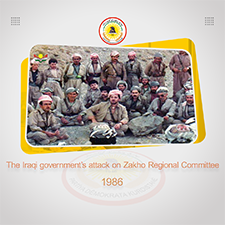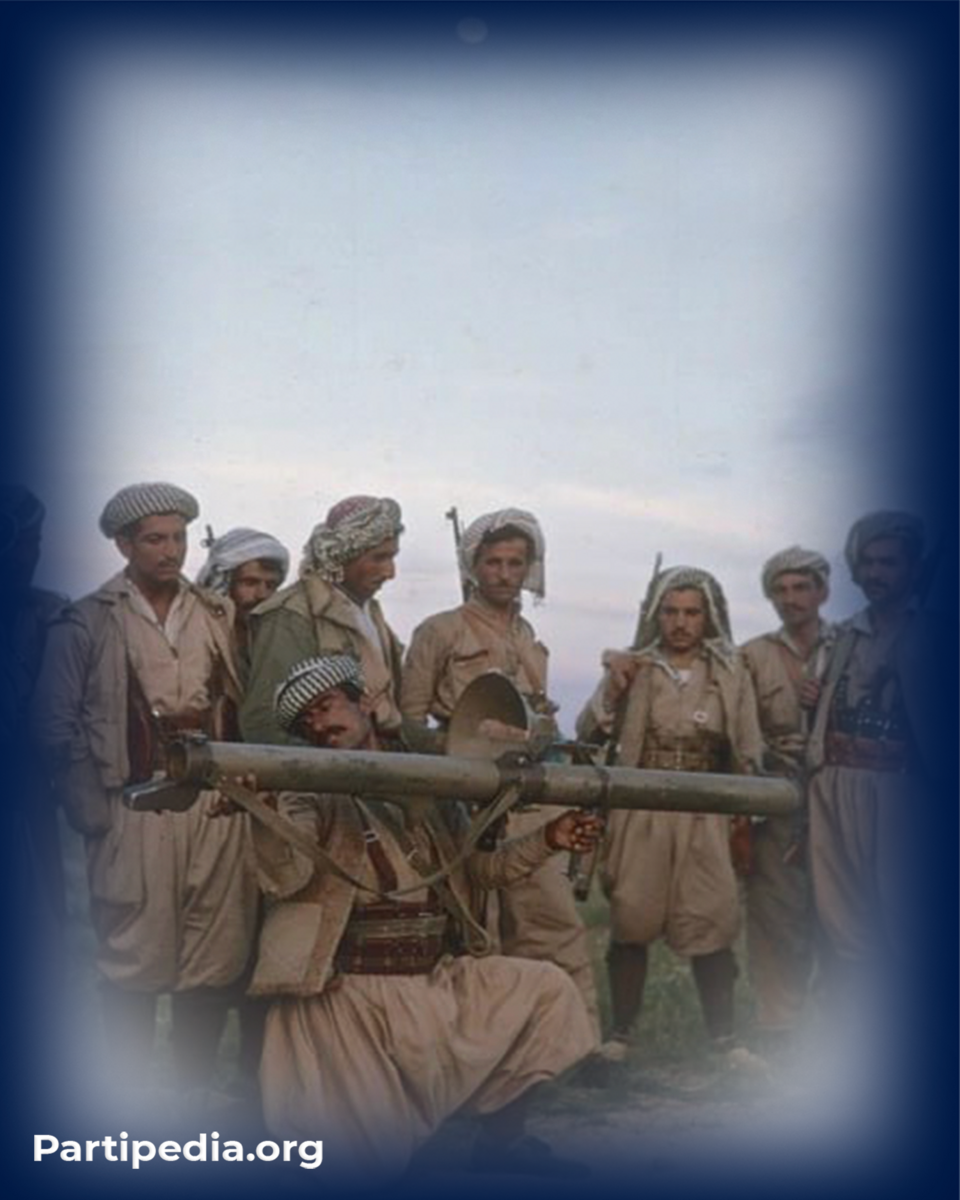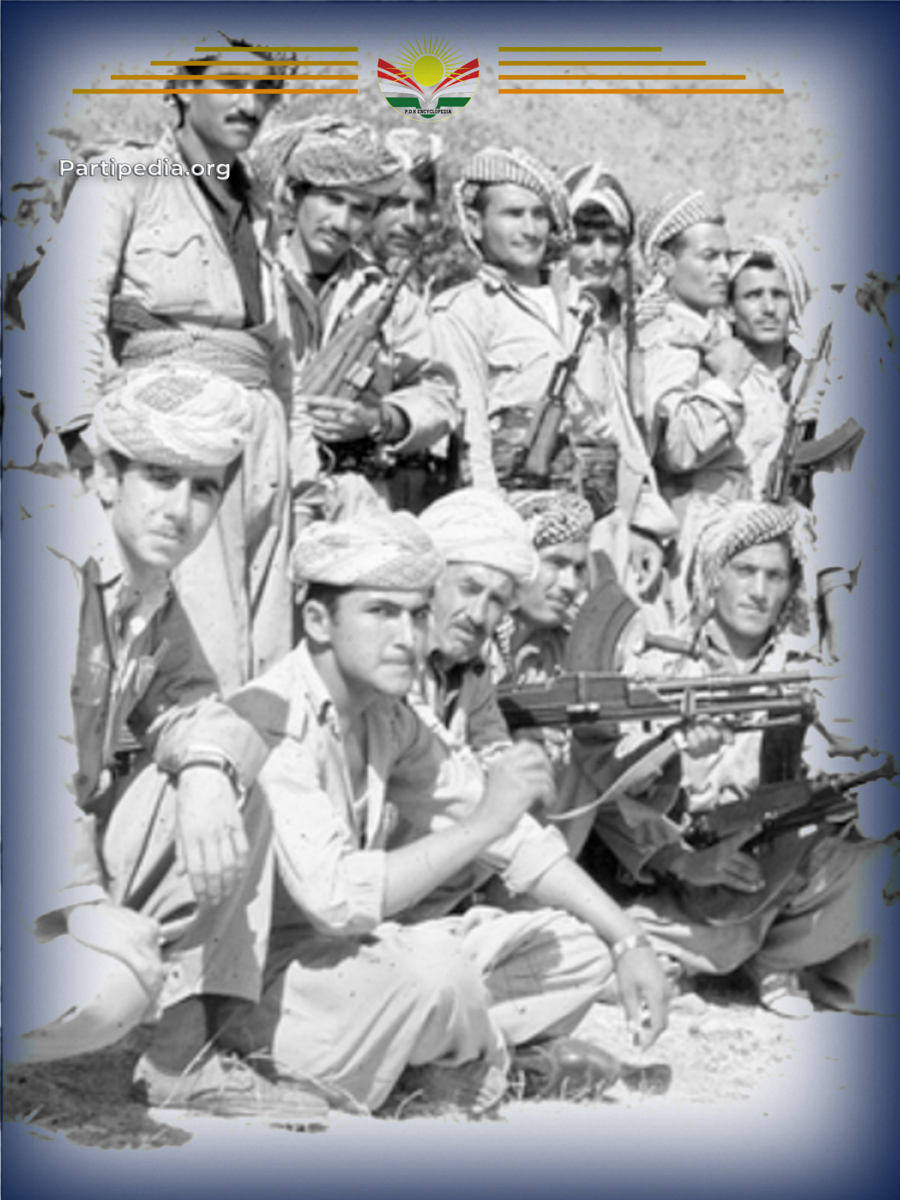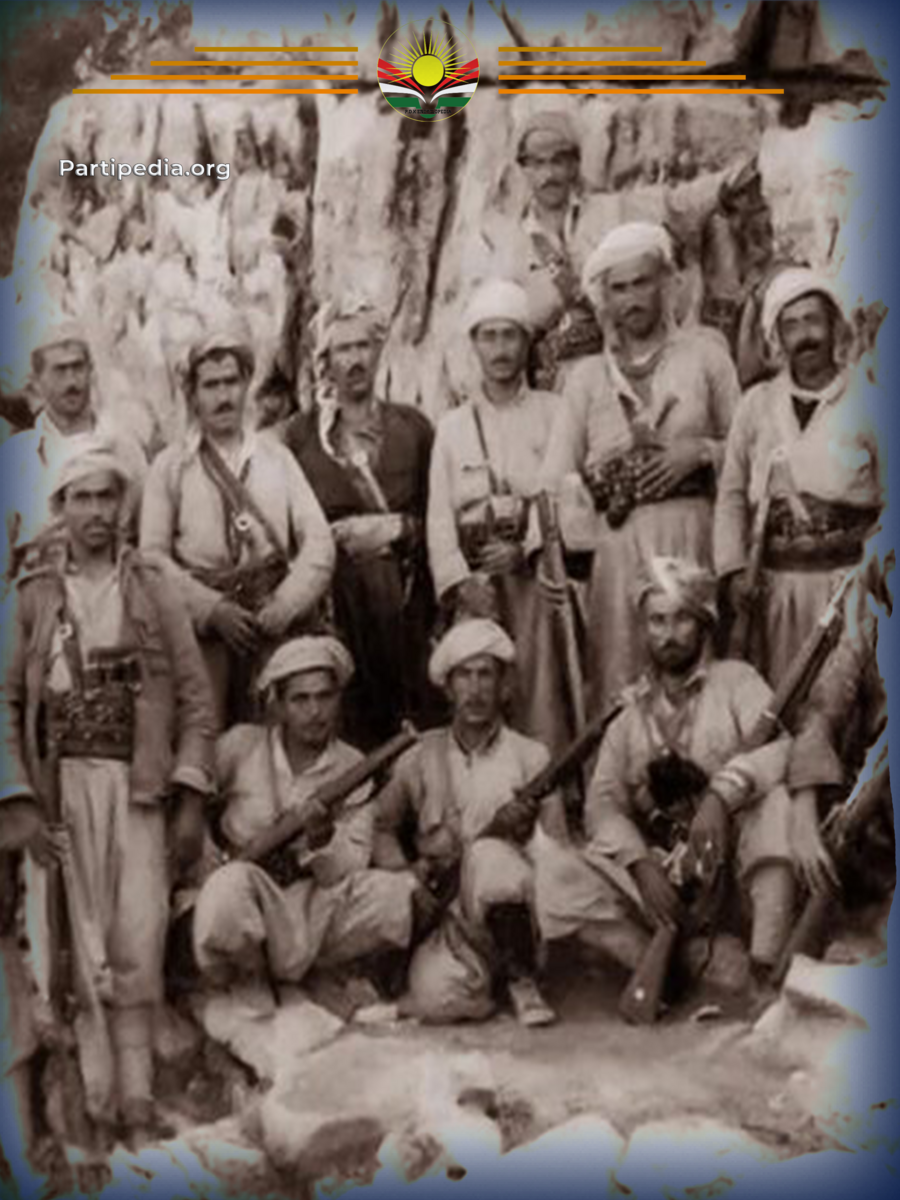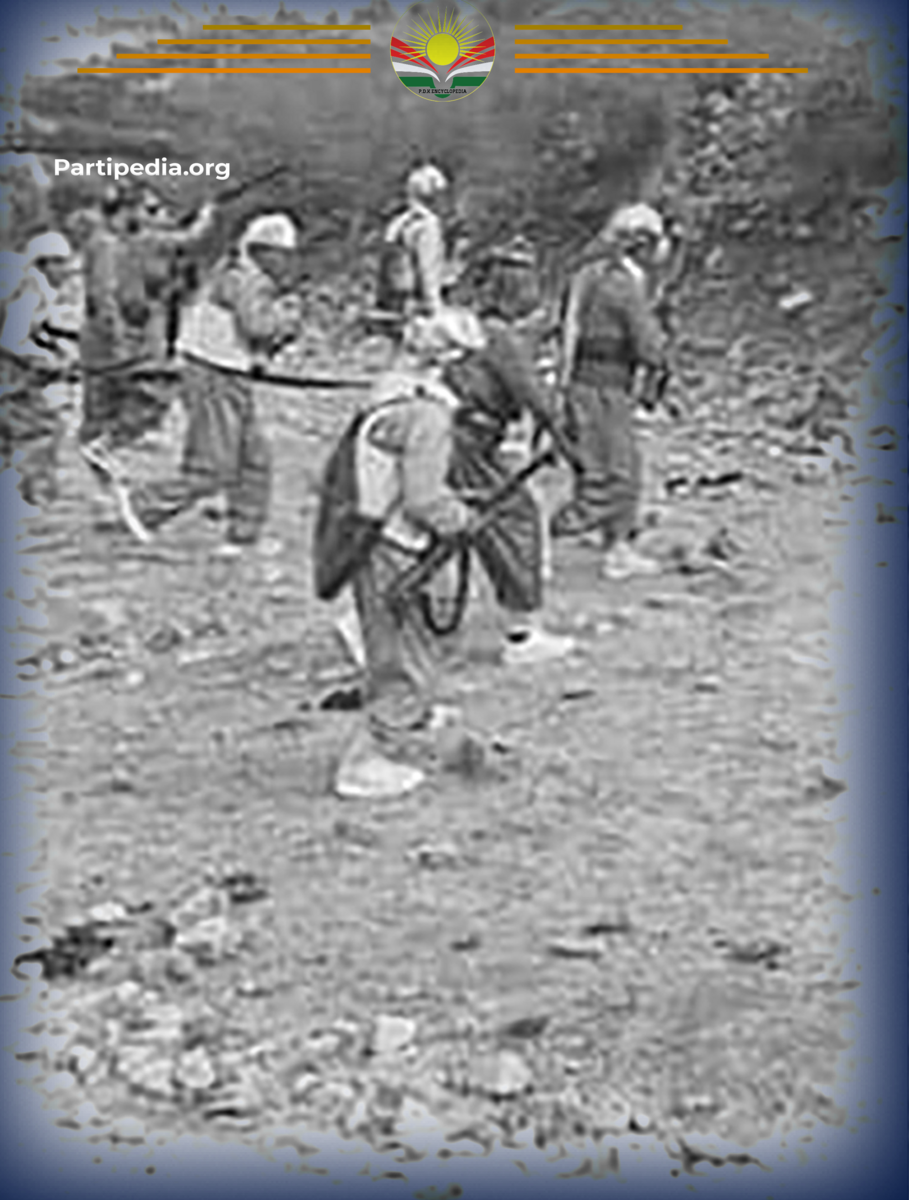On the night of November 11/12, 1986, the Iraqi army launched attacks on the areas around Zakho with the support of artillery and warplanes, where the headquarters of the Zakho Regional Committee of the Kurdistan Democratic Party (KDP) was located, the government’s military campaigne and the governments armed forces included the Dlayi terrains, as the result the connection of Zakho’s regional committee and the Peshmerga forces in the area were cut off from other regions. The Duhok Regional Committee contacted the revolutionary leadership to inform them that there was a heavy battle in the border between Duhok and Zakho. The warplanes were heavily bombarding the Peshmarga fronts, due to this bombarding an elderly man named Haji Nabi was martyred and four women and children were injured in the air strikes in the village of Kani Pung. Another elderly man was killed in the air strikes in Zeway village near the headquarters of the first branch of the Kurdistan Democratic Party (KDP) and the air strikes continued([1]).
Obviously, the Iraqi government's aim in attacking the Peshmerga headquarters and fronts in Badinan region was to suppress the voice of the revolution for the activities and attacks that were constantly in different areas in the form of partisan operations against the government forces by attacking military trenches, bases, and headquarters and setting ambushes on the roads, which undoubtedly caused great casualties to the Iraqi military forces on the one hand, on the other hand, put the government in a dangerous situation which made the government feel uncomfortable([2]). Because the branches, regional committees, organizations and Peshmerga forces were scattered in the regions in such a way that each of them was active within their jurisdiction([3]).
The attacks of the army and the government armed forces on the Peshmerga headquarters and fronts continued for several days in the borders of both Duhok and Zakho, on 13th October 1986The Duhok region informed the revolutionary leadership that the Government’s dense assaults has reached Zakho’s area and it has occupied the region’s headquarters and the planes were continuing bombarding the area. It is worth mentioning that the defense of the Peshmerga forces and taking positions in front of the government forces, especially the mercenaries (jash) made their advance and attacks fail at 4 pm on October 14, 1986([4]).
The attacks of the Iraqi army and armed forces on the revolutionary areas show that the government has always tried to extend its power to all parts of Kurdistan, to silence the revolution in all regions and to disrupt their activities.
Source:
- مهسعود بارزانی: بارزانی و بزوتنهوهی ڕزگاریخوازی كورد، بهرگی چوارهم، 1975-1990 شۆڕشی گوڵان، بهشی دووهم، چاپی یهكهم، چاپخانهی ڕوكسانا، 2021.
- شیمال زێباری: هندهك ڕاستیێن ڤهشارتی د شۆڕشا گولانێدا، چاپی یهكهم، چاپخانهی ڕۆژههڵات، ههولێر – 2015.
- حاجى میرخان دۆڵەمەرى: گەڕان بە دواى دادپەروەرىیدا، بەرگى یەکەم، چاپى دووەم، کوردستان – ٢٠٢١.
[1] مهسعود بارزانی: بارزانی و بزوتنهوهی ڕزگاریخوازی كورد، بهرگی چوارهم، 1975-1990 شۆڕشی گوڵان، بهشی دووهم، چاپی یهكهم، چاپخانهی ڕوكسانا، 2021، ل٦٣.
[2] شیمال زێباری: هندهك ڕاستیێن ڤهشارتی د شۆڕشا گولانێدا، چاپی یهكهم، چاپخانهی ڕۆژههڵات، ههولێر – 2015، ل٣٤٥.
[3] حاجى میرخان دۆڵەمەرى: گەڕان بە دواى دادپەروەرىیدا، بەرگى یەکەم، چاپى دووەم، کوردستان، ٢٠٢١، ل٢٥١.
[4] مهسعود بارزانی: هەمان سەراوە، ل ٦٤.




